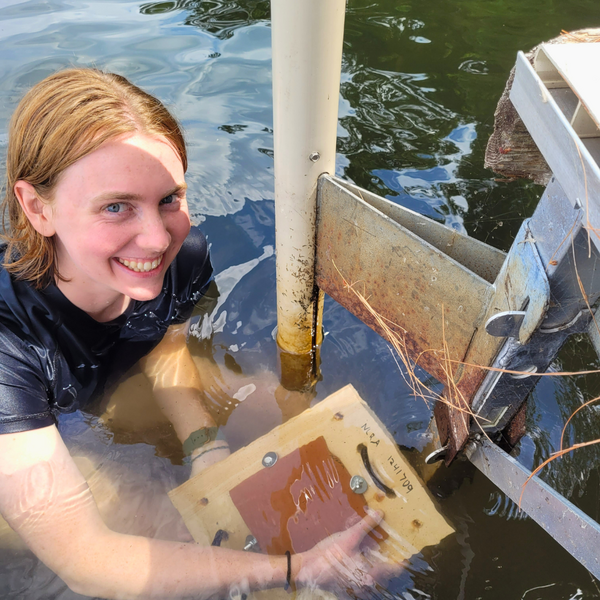Newfound has consistently ranked among the cleanest lakes in the region, with long-term deep-water monitoring data showing excellent water quality. Now, after completing our second season of nearshore water quality monitoring, NLRA is gaining a more complete picture of how the lake is changing—especially at its edges.
Launched in 2024, the nearshore monitoring program collects data on the shallower, more vulnerable areas of the lake where stormwater runoff and warmer temperatures can have an outsized impact on water quality.
Why monitor along the shoreline? While long-term deep-water monitoring gives us valuable insights into overall lake health, the nearshore environment often reacts more quickly to environmental stressors. These areas can experience higher nutrient levels, leading to increased plant and algae growth, especially after storms or during hot summer stretches. By monitoring these zones more closely, NLRA can detect signs of pollution and better take action to protect these at risk areas of the lake.
What does nearshore monitoring look like? Clay tiles are attached to dock posts beneath the water’s surface in key shoreline areas. The tiles collect algae throughout the summer, giving us a measurable way to access differences across the lake. More algae growth typically indicates more nutrients in the water, often linked to stormwater runoff.
This summer, we expanded the nearshore monitoring program to include a total of 24 tiles, with an emphasis on the more developed southern end of the lake. Results show a substantial decrease (over 50% less) in algae growth across the lake compared to last year. This reduction is most likely due to decreased stormwater runoff caused by the summer drought, which in turn limited the amount of nutrients entering the lake.
NLRA keeps a close eye on Newfound's water quality, and water quality remains excellent. This new dataset strengthens our ability to spot trends, identify potential problem areas, and make science-based decisions about lake protection. Stay informed and explore the latest water quality results by visiting: NewfoundLake.org/water-quality.
